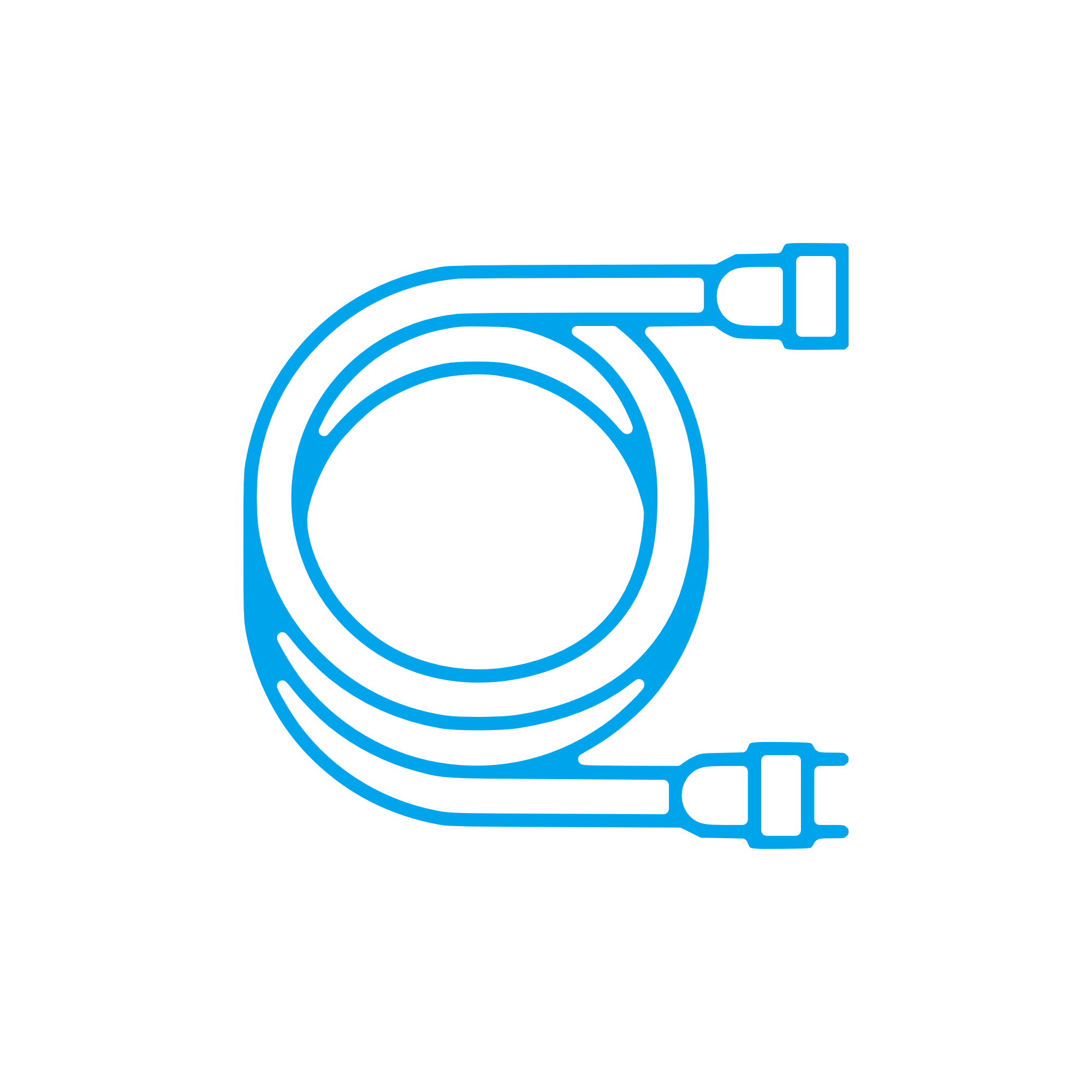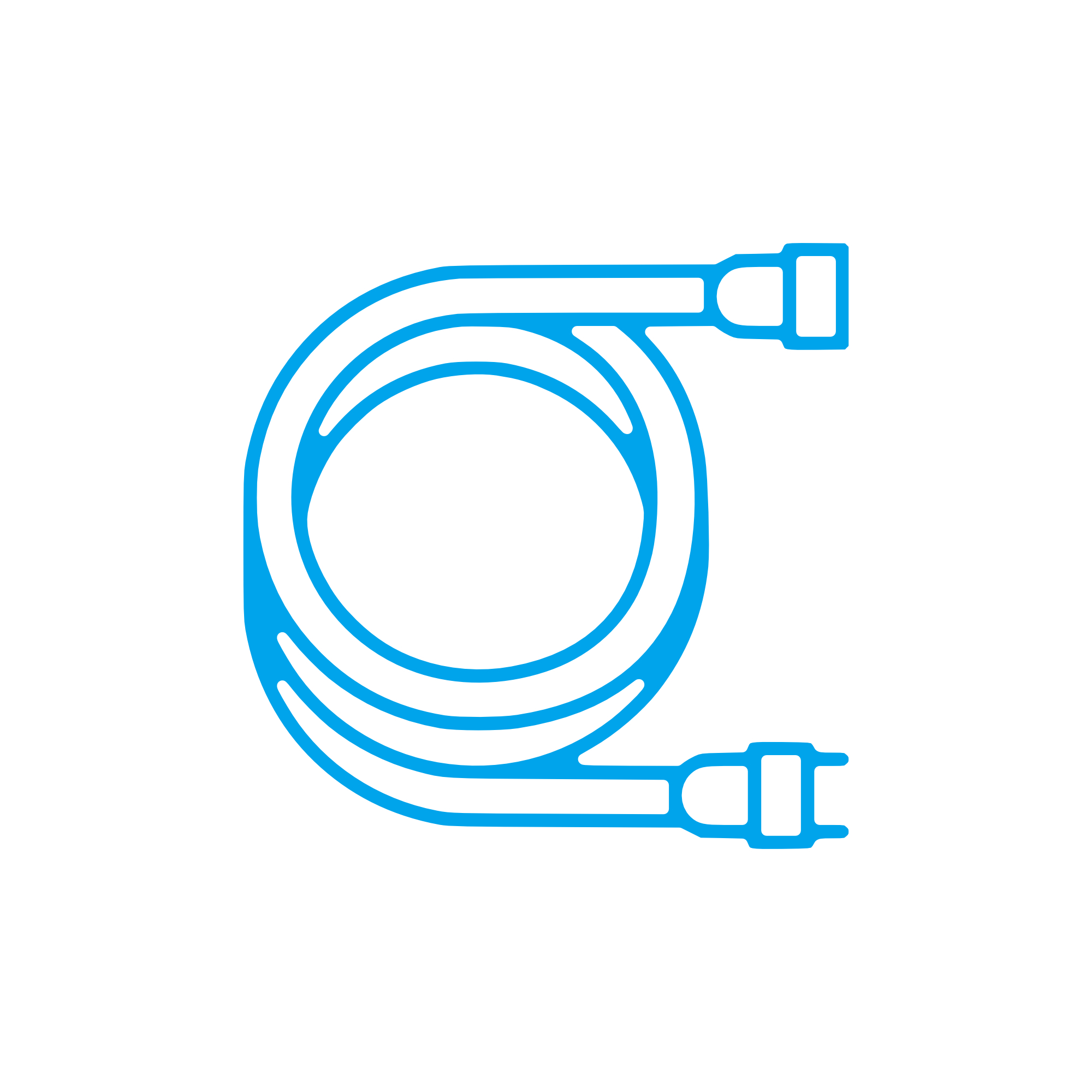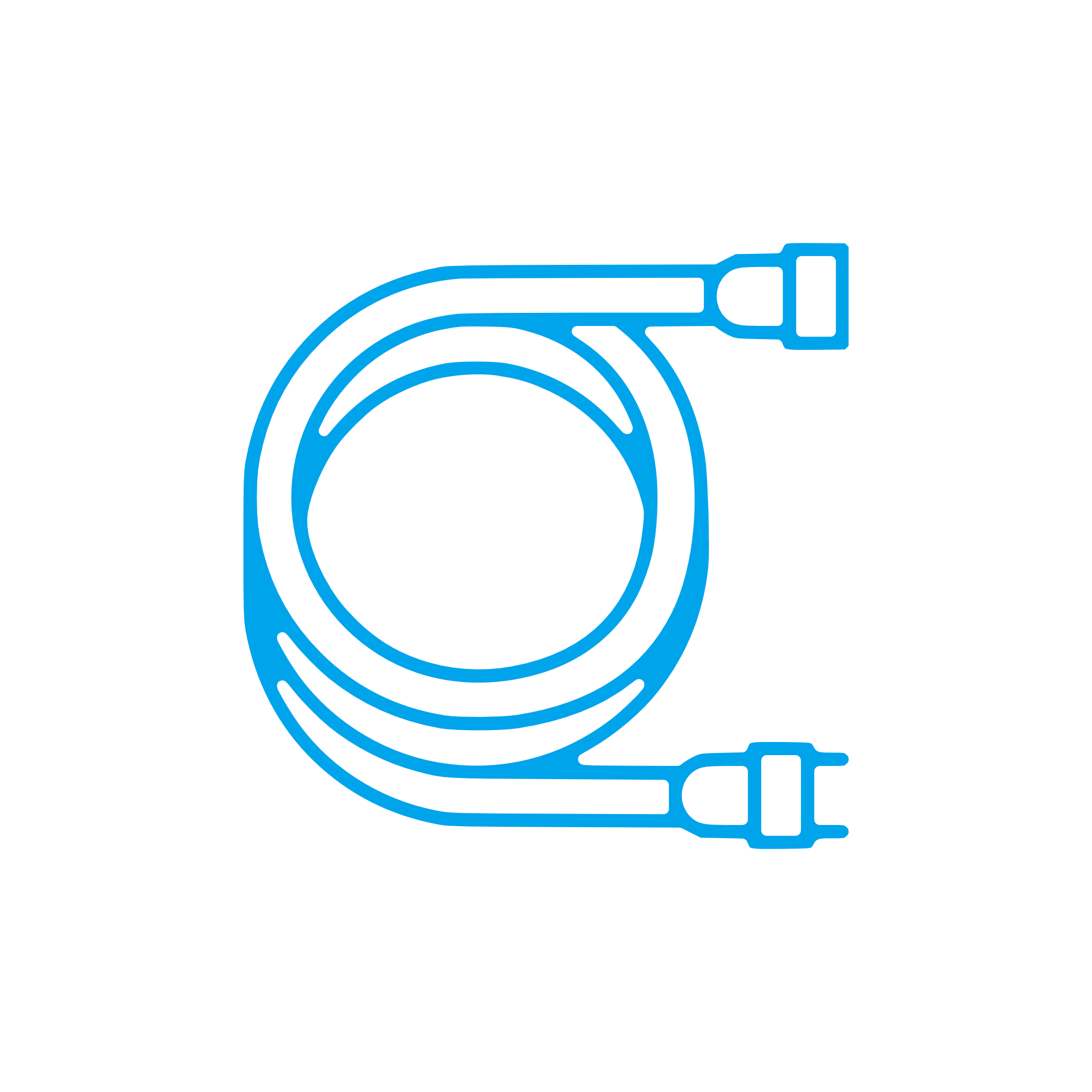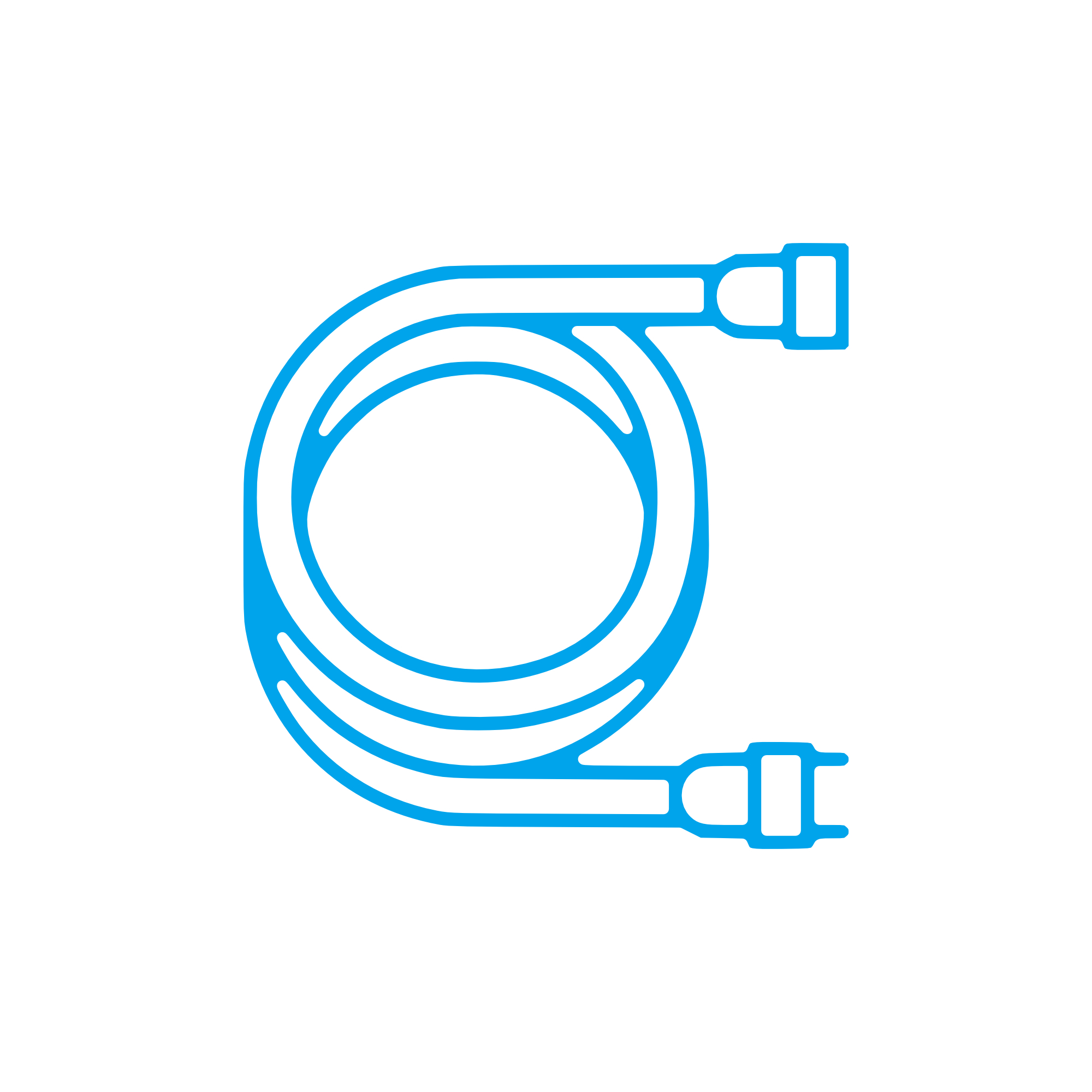CABLE TRACK Cables for Marine and Diesel Engines
Cables form the nervous system of every engine installation. In marine and power-generation environments, they carry sensor signals, control commands, and high currents to starters, alternators, heaters, and actuators. Properly engineered cables ensure stable communication between the engine control unit, auxiliaries, and monitoring systems, even under heat, vibration, salt mist, and oil exposure. Within a defined CABLE TRACK along the engine and skid, cable sets and harnesses must deliver uncompromising reliability to keep vessels and plants operating safely and efficiently.
As an article category, Cables include single cores, multi-core control lines, shielded data pairs, high-flex motor leads, and fully assembled harnesses with sealed connectors. For shipowners and technical buyers, the right cable specification is a strategic choice: it directly influences uptime, diagnostic clarity, and lifecycle cost. In short, engine performance depends not only on fuel and mechanics—but also on stable, low-impedance electrical paths routed in a robust CABLE TRACK.
Technical function: CABLE TRACK in marine engine and diesel engine applications
Engine cables distribute power and data between critical components: starters, charging systems, injection equipment, electric pumps, temperature and pressure sensors, vibration pickups, and emission-control auxiliaries. Signal integrity is protected through shielding (braid and foil), twisting, and correct impedance for CAN, J1939, Modbus, or NMEA networks. Thermocouple and RTD leads require dedicated insulation systems to avoid noise and drift. Power cables use fine-stranded, tin-plated copper for low resistance and flexibility, with jackets such as XLPO, silicone, PUR, or FEP/PFA/PTFE for heat and chemical resilience.
Routing within the engine’s CABLE TRACK is integral to function. Purpose-built harnesses follow defined clamp points and bend radii, separating high-current lines from sensitive instrumentation to mitigate electromagnetic interference. In a CABLE TRACK marine engine setup, cable bundles are supported to prevent fretting and conductor fatigue; strain relief protects terminations; sealed connectors (often IP67/68) block saltwater ingress. For CABLE TRACK diesel engine installations, abrasion-resistant outer sheaths and heat sleeves protect against hot surfaces up to 125–200°C. When sourced as CABLE TRACK OEM parts, harness lengths, connector keys, and pinouts match the engine design, reducing installation time and eliminating miswiring risks.
- · Stable signal transmission under vibration and heat.
- · Shielding and grounding designed for EMC compliance.
- · Oil-, fuel-, and salt-mist–resistant jackets.
- · High-flex conductors for moving sections in the CABLE TRACK.
- · Correct bend radius and clamp spacing to prevent fatigue.
- · Sealed terminations for moisture and corrosion resistance.
- · Clearly labeled cores and connectors for faster service.
Importance for engine operation and service life
Reliable cables are decisive for safe operation. Degraded insulation, broken strands, or corroded pins can cause intermittent faults, false alarms, derating, or shutdowns. Poor EMC control leads to sensor noise and incorrect parameter readings, complicating diagnostics. Chafing in the CABLE TRACK can create shorts and, in extreme cases, fire hazards. On vessels, such failures jeopardize schedules and safety; in plants, they trigger costly downtime. Correct cable quality preserves accurate monitoring of lube oil pressure, coolant temperature, exhaust thermocouples, and speed pickups—data that the control system uses to protect the engine.
Preventive maintenance depends on cables that withstand repeated thermal cycles and vibration without resistance drift. Consistent materials and factory-crimped contacts minimize hot spots at terminations. For classification and compliance, low-smoke halogen-free options and flame-retardant constructions help meet marine requirements. Overall, robust cables extend mean time between failures and keep engines operating within design parameters.
Advantages of OEM spare parts suitable for Cables
Choosing OEM spare parts suitable for Cables aligns specifications with the engine’s electrical design. Conductor gauges, shielding coverage, connector locking profiles, and sealing systems match the original engineering intent, ensuring low-loss power delivery and clean signals. This precision reduces troubleshooting, accelerates replacement, and maintains performance baselines across the fleet.
With OEM spare parts, you benefit from controlled materials and documented test regimes: heat aging, oil and diesel exposure, UV and salt fog, flex cycles, and EMC verification. Harnesses are delivered to the correct length, breakout geometry, and labeling, so they sit properly in the CABLE TRACK without overstress. The result is predictable installation, fewer wiring errors, and a lower total cost of ownership through longer service intervals and reduced fault-finding.
CABLE TRACK OEM parts: performance, reliability, budget, service life
OEM spare parts suitable for Cables safeguard engine performance by preserving signal integrity and voltage margins. Reliability improves through consistent crimp tooling and validated connector systems. Budgets benefit from shorter downtime and fewer repeat interventions. Service life is extended by abrasion-resistant jackets, temperature-rated insulation, and corrosion-resistant terminations—all purpose-built for the engine’s environment.
MOPA as a partner for OEM spare parts Cables
MOPA is a trusted partner for OEM spare parts Cables across diesel and gas engines. We combine speed of delivery with rigorous quality controls and secure sourcing, helping purchasers and shipowners keep assets running on schedule. Our team cross-references engine models and serial ranges to identify the correct harness assemblies, data lines, and power leads that fit your CABLE TRACK marine engine or CABLE TRACK diesel engine routing.
From single sensor leads to complete engine-to-bridge looms, MOPA supports you with technical documentation, batch traceability, and tested components. We streamline procurement through kitting and project-based scheduling, ensuring that cable sets arrive aligned with overhauls or dry-dock windows. The focus is simple: precise fit, dependable performance, and safe transactions for OEM parts in demanding engine environments.
Conclusion
Cables are the electrical lifelines of any engine, and their performance depends on robust construction and correct routing within the CABLE TRACK. Selecting OEM spare parts suitable for Cables preserves signal integrity, reduces downtime, and extends engine life—delivering reliable operation for marine and diesel applications.






